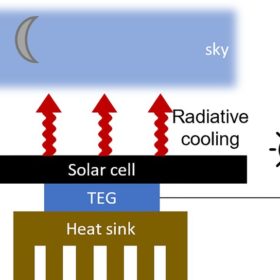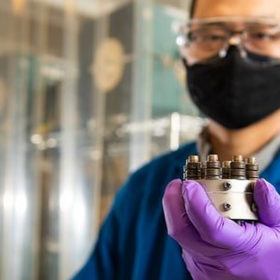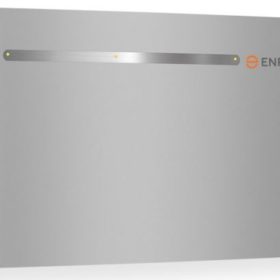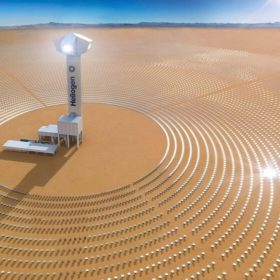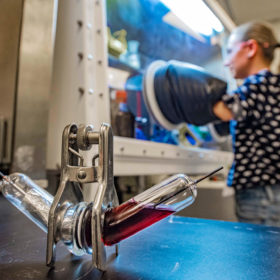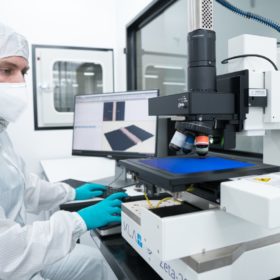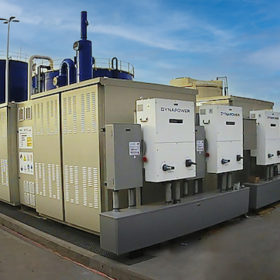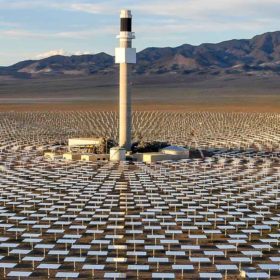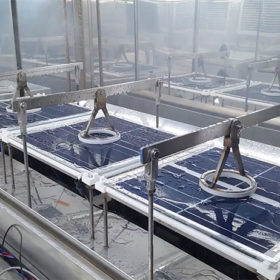Radiative cooling-based solar cell with 50 mW/m2 of generation at night
Stanford University scientists have developed a solar cell with 24 hours of power generation via an embedded thermoelectric generator, which extracts power from the radiative cooler at night. Extra daytime power from excess heating comes from the cell itself.
Aluminium-nickel molten salt battery for seasonal renewables storage
US scientists have developed a battery that can retain 92% of its initial capacity over periods of 12 weeks, with a theoretical energy density of 260W/hour per kg. It was built with an aluminium anode and a nickel cathode, immersed in molten-salt electrolyte.
Enphase launches pilot to pay US solar customers for leasing batteries, sharing energy
Homeowners who participate in a new Enphase pilot project will connect their home batteries to the US grid, sharing energy through Green Mountain Power’s distribution system in exchange for financial incentives.
Woodside backs concentrated solar startup ahead of Australian tech push
Australian fossil fuels giant Woodside will invest in US-based concentrated solar startup Heliogen, supporting its construction of a full-scale concentrated solar thermal demonstration plant in California ahead of a push into Australia.
Construction begins on Facebook’s $120 million solar project
The 70MW project is under development by Silicon Ranch and was launched through utility Tennessee Valley Authority (TVA) Green Invest program. Plus, pv magazine examines the work of “Solar Protocol” to bring attention to the fact that the internet is not as ethereal as it seems.
Discovery of ‘structural earthquake’ in cathode formation may improve sodium-ion batteries 20-40%
Researchers at the Argonne National Laboratory in the United States discovered a degenerative effect in the creation of cathode materials for sodium-ion batteries that may have significant impacts on the performance of sodium-ion batteries.
SunDrive sets 26.07% efficiency record for HJT cell in mass production setting
Australian solar technology startup SunDrive has announced “a breakthrough” in mass production compatible heterojunction technology after recording an efficiency result of 26.07% with a silver-free, commercial-size silicon solar PV cell.
Australian flow battery maker eyes largest install to date after inking US deal
Australian redox flow battery manufacturer Redflow’s push into the United States market has received a major boost with the company announcing it will work with California-based biowaste technology firm Anaergia on the installation of a solar and 5.5-6MWh battery energy storage solution.
Concentrating solar power with heat storage could compete with batteries
For short-term storage in a 100% renewables grid, thermal energy storage located at concentrating solar power plants could compete with batteries, found a study using an idealised grid model. Seasonal storage needs could best be met with power-to-gas-to-power technology.
Solar PV with a 50-year lifetime
The US Department of Energy’s durable materials consortium is a multi-laboratory unit that stress-tests solar modules for durability. It seeks to extend the useful life of PV.
